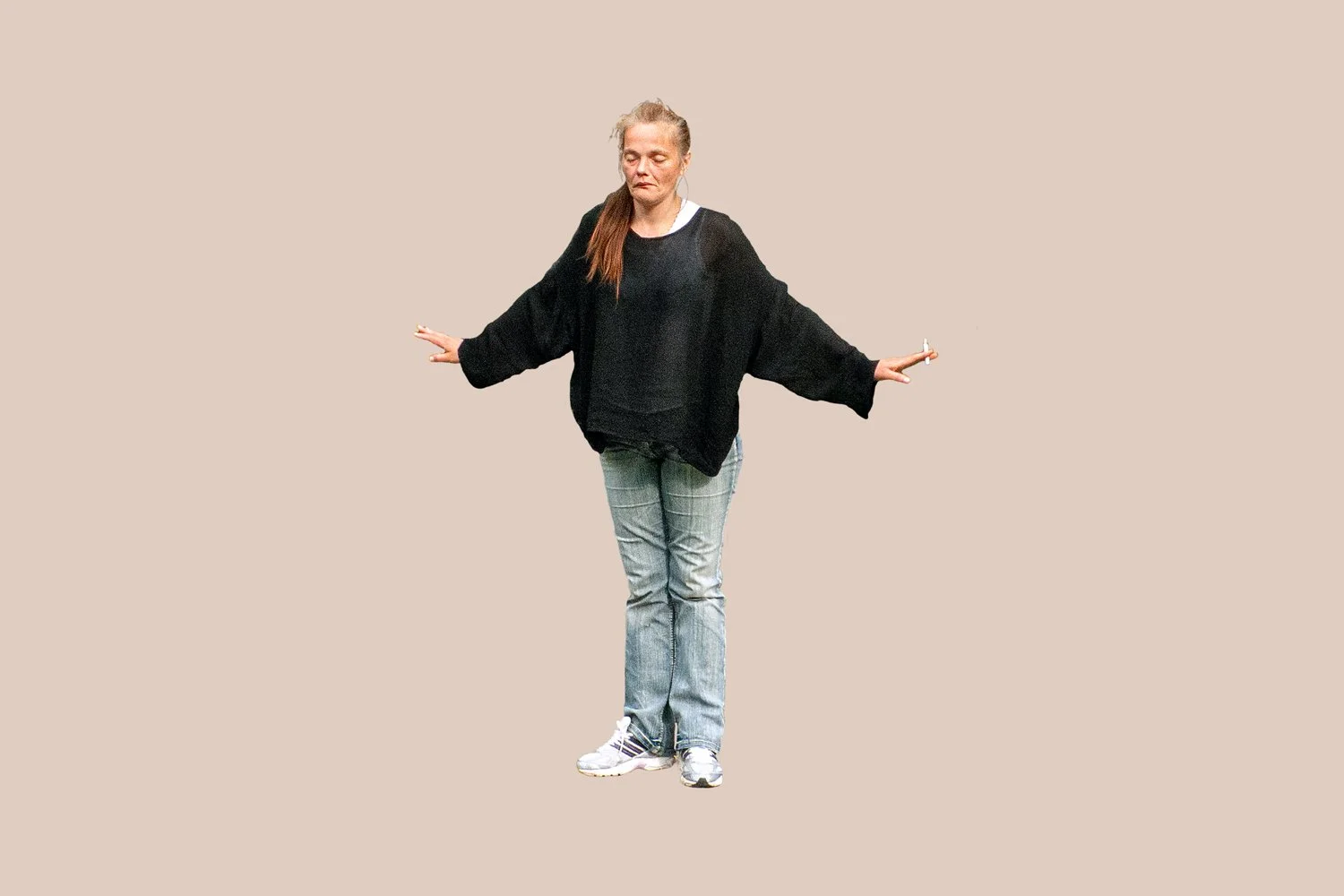Tänzerin
I often think about her name. We never introduced ourselves, there was conflict and a language barrier between us. Ursula, Emilia, Clara, Ida or Lina seem like fitting names. Since I started roaming streets with a camera in 2013, I’ve avoided confrontation. Ida is the only person that has gotten angry at me for taking her picture.
I saw her coming out of a Drogenkonsumräume near Kottbusser Tor in Berlin. It might have been a different neighborhood or she was coming out of the S-Bahn. My memory is a hazy dream. She was under the influence of a dissociative substance, walking anxiously towards a park etched into the concave curve of a shadowing street. I followed her into the park out of impulsive curiosity. I frequented park, but that day I couldn’t recognize the area. To my over stimulated imagination, it had temporarily materialized out of a Melquiades manuscript from 100 Years of Solitude.
“A photograph is both a pseudo-presence and a token of absence.”




The area was empty. There were a few benches, a tall brick wall with graffiti and a rusting yellow trash container that looked like the shell of a robot prototype. Ida stopped in front of the benches, closed her eyes and started dancing. Her movements seemed improvised but the choreography looked rehearsed. I had walked into a performing space deliberately chosen by Ida. I stood directly in front of her, hidden by nothing. She opened her eyes sporadically, noticed me taking her picture and continued with her routine. When I snapped out of my own daze I left the park. My heart was thumping wildly. Crossing the street to the subway station, Ida tapped me on the shoulder to interrogate me. I didn’t realize she had followed me. I felt vibrating waves rushing up and down my body. She was upset but not violent and my German was guttural at best. She asked to see the pictures I had taken and took time to pick the ones she wanted me to erase. I couldn’t assemble the most basic German to offer an explanation. For years, I stored the few pictures I kept of Ida on a hard drive, buried with the camera I used in Europe.
“The camera makes everyone a tourist in other people’s reality, and eventually in one’s own.”




In an effort to rebuilt my memory, I meticulously edited her body out of the park and produced a few drawings and photo interventions. While tracing her silhouette for this improvised project, I’ve discovered grace in her movements and facial expressions that manifest a personal mythology that was hidden from me years ago. Taking a photograph can sometimes involve more taking than creating. In the case of Ida, I’m still unclear on the nature of the transaction: what the exchange was, what was lost or transformed. Issues of consent and objectification shape and misshape the discourse about street photography. Intent is key but it is also subjective, personal and difficult to reveal in an image. In the case of Ida, I was mesmerized by her movements and the way they filled and molded the space around her.



